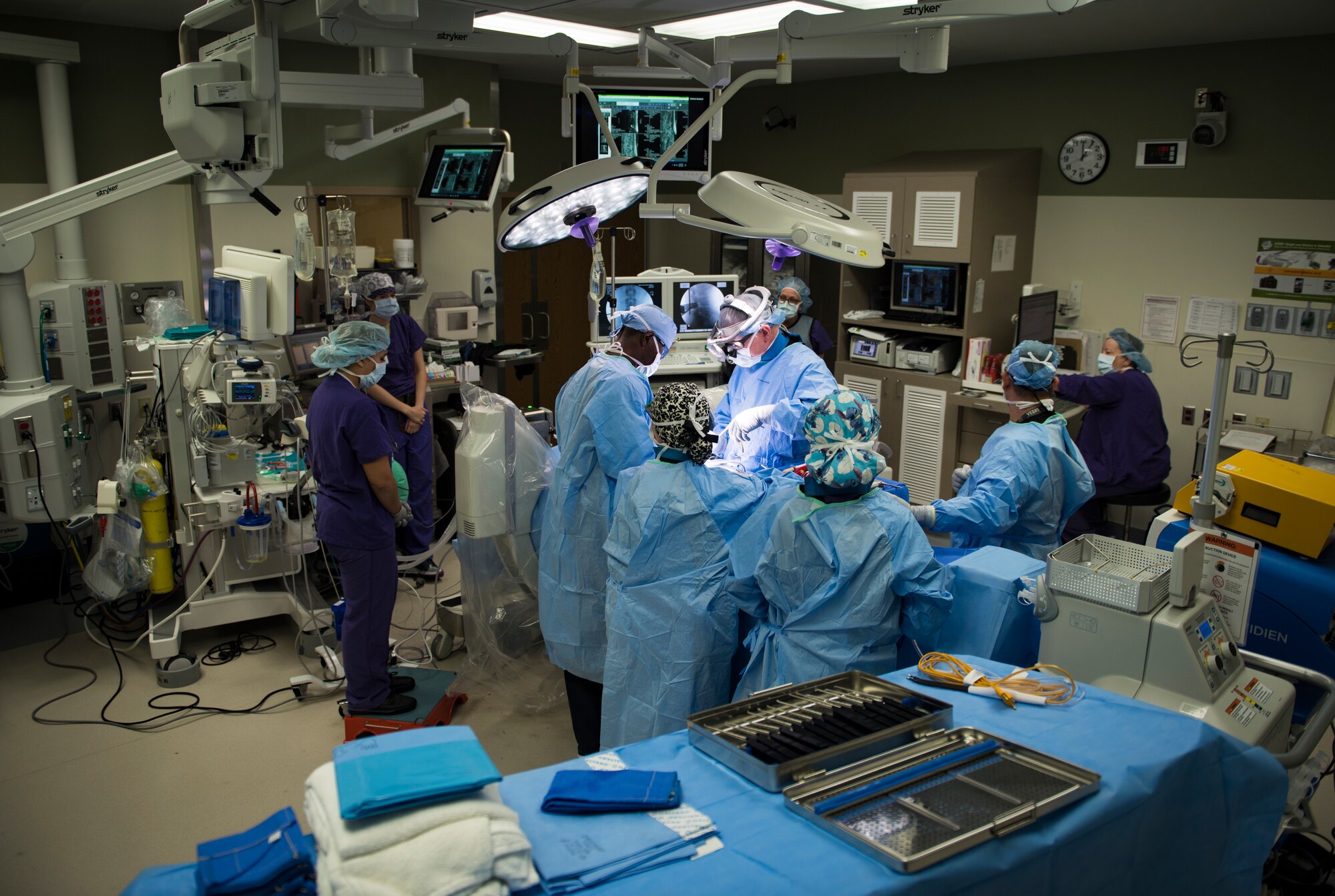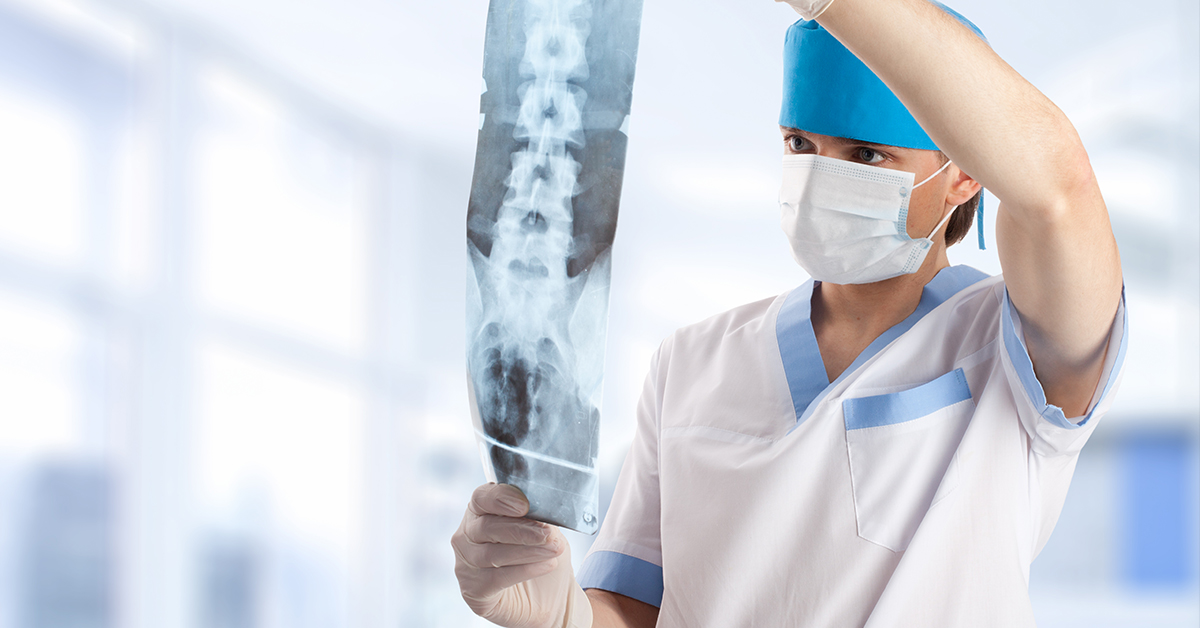Understanding the Costs Involved with the Best Spine Surgeons in St Louis MO
An Introduction of Spine Conditions That Often Result in Surgical Treatments
Back problems such as herniated discs, back stenosis, and degenerative disc disease regularly demand surgical interventions when traditional therapies fall short to reduce persistent signs and symptoms. Understanding the subtleties of each problem and the corresponding medical choices, such as discectomy or spinal blend, is critical for efficient management.
Herniated Discs
Although many people with herniated discs may find alleviation with conservative treatments, surgery ends up being a required factor to consider when symptoms continue or aggravate - best spine surgeons in st louis mo. A herniated disc occurs when the soft inner gel of a back disc sticks out with its outer layer, potentially leading and compressing close-by nerves to pain, numbness, or weak point in the extremities
Conventional management typically consists of physical therapy, discomfort medicines, and corticosteroid injections, which intend to lower swelling and boost feature. However, in situations where these techniques fall short to minimize devastating signs, medical options may be checked out.
The most common surgery for herniated discs is a discectomy, which includes the elimination of the herniated section of the disc to ease pressure on the influenced nerve origin. In much more serious instances, back fusion may be required to support the influenced vertebrae.
People are advised to go over the possible threats and advantages of surgical treatment with their healthcare copyright to make an educated decision. Eventually, the objective of any type of surgical treatment is to bring back feature, minimize pain, and improve total lifestyle for individuals experiencing herniated discs.
Spinal Constriction
Spinal stenosis occurs when the areas within the back narrow, resulting in boosted stress on the back cable and nerves. This problem can develop in different regions of the spinal column, consisting of the back and cervical areas, frequently because of age-related modifications, such as degenerative disc disease, arthritis, or enlarging of tendons.
People with back constriction might provide with signs that include pain, numbness, prickling, or weak point, mainly in the arms or legs. These signs can be worsened by activities that entail standing or walking, commonly leading people to seek relief through conventional treatments like physical therapy, medications, or epidural steroid shots.
However, when these non-surgical interventions fail to give ample relief, medical choices might be thought about. Common medical procedures for back stenosis consist of laminectomy, which includes the elimination of part of the vertebra to alleviate stress, and spinal blend, which stabilizes the damaged area. The choice to seek surgical procedure is commonly based on the extent of signs, the degree of practical impairment, and the general health of the person. Trigger medical diagnosis and administration are vital to stop further neurological concession and enhance quality of life.
Spondylolisthesis
Spondylolisthesis happens when one vertebra slides onward over an additional, resulting in misalignment of the back. This problem can result from numerous factors, including hereditary flaws, injury, or degenerative adjustments in the back. It is most commonly observed in the lumbar region, especially at the L4-L5 and L5-S1 levels.

Therapy choices vary based on the extent of the slippage and the signs and symptoms provided. Conventional measures, including physical treatment, pain administration, and activity alteration, are usually the initial line of protection. When non-surgical approaches stop working to soothe signs or when significant nerve compression is existing, surgical intervention may be necessitated. Surgical choices can include spine fusion or decompression treatments, aimed at recovering placement and alleviating neurological symptoms. Early diagnosis and ideal administration are crucial for ideal end results in individuals with spondylolisthesis.
Degenerative Disc Condition

People with DDD commonly experience pain that may radiate to the arms or legs, depending upon the affected area of the back. The problem can be detected via a mix of clinical evaluation, imaging studies, and individual background. Therapy choices normally start with conventional actions, consisting of physical treatment, discomfort administration, and way of living alterations. Nonetheless, when these strategies fall short to provide adequate relief, medical treatments may be thought about.
Surgical choices for DDD might consist of spinal blend or fabricated disc replacement, targeted at stabilizing the impacted sector and easing pain (best spine surgeons in st louis mo). Ultimately, the selection of try these out treatment is individualized, thinking about the severity of the problem, patient health and wellness, and lifestyle variables
Spine Lumps

Spine lumps can arise from numerous elements, consisting of hereditary predisposition, ecological impacts, and pre-existing medical conditions. Clients may offer with an array of symptoms, including local discomfort, neurological deficits, weakness, or changes in bowel and bladder feature, depending on the growth's size and location.
Medical diagnosis usually includes imaging researches such as MRI or CT scans, which assist define the growth's attributes and impact on bordering frameworks. In examining therapy choices, the tumor's quality, area, and type are critical considerations. Surgical treatment might be warranted to ease signs, obtain a biopsy, or remove the growth totally. The goal of surgical treatment is frequently to decompress neural elements and support the spinal column. Adjuvant therapies, including radiation or radiation treatment, might likewise be essential depending upon the growth's nature. Early detection and intervention are vital for optimizing results in individuals with spine tumors.
Final Thought
In summary, spine problems such as herniated discs, spinal stenosis, spondylolisthesis, degenerative disc disease, and spine growths often necessitate medical intervention due to their potential to create significant pain and useful problems. While conventional treatments may use short-lived alleviation, surgical alternatives end up being critical when signs and symptoms aggravate or persist. Timely diagnosis and intervention play a crucial duty in recovering feature and improving the lifestyle for damaged people, emphasizing the relevance of thorough back care.
